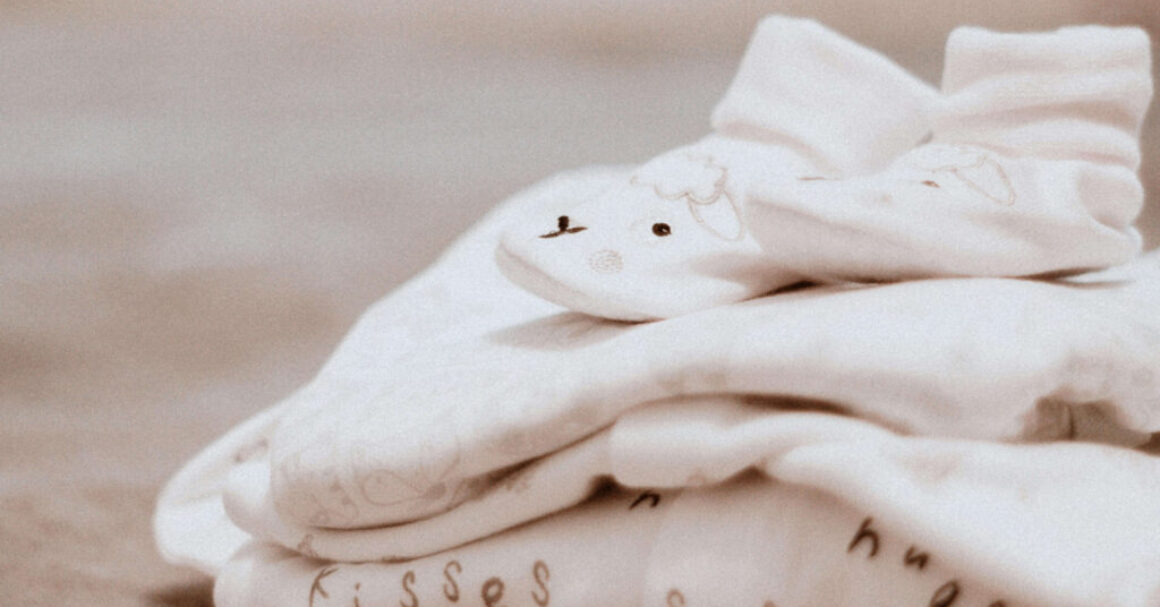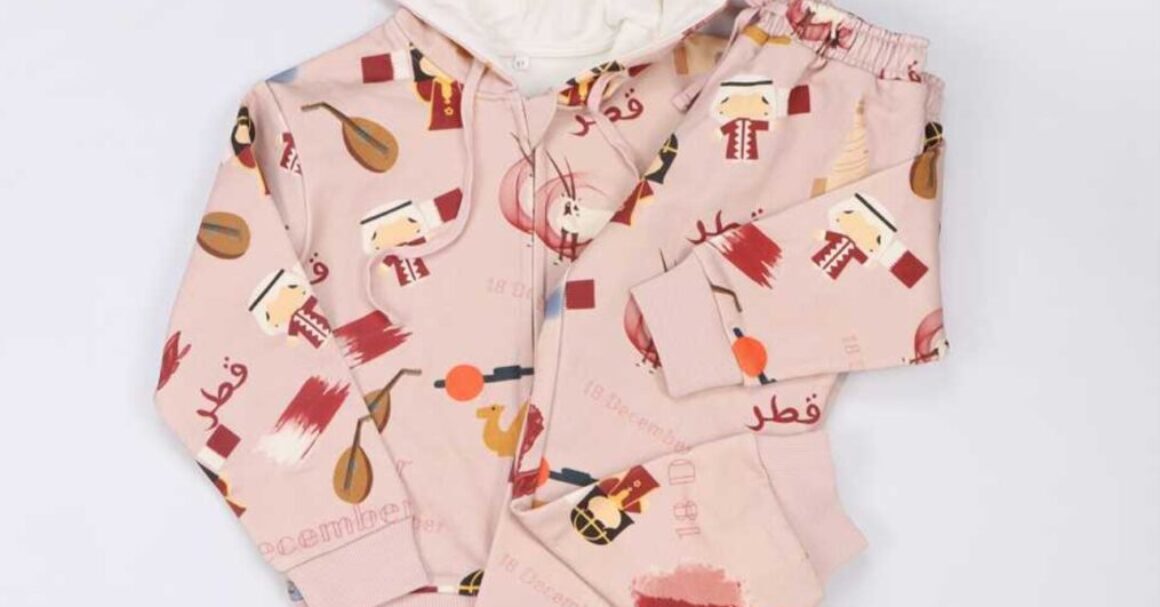Custom Infant Clothing Printing Techniques: How to Choose the Most Suitable Method
In the field of custom baby clothing, selecting the appropriate printing technique is crucial for both the aesthetic appeal and safety of the products. Infants have delicate skin, necessitating high standards of comfort and safety in their clothing. Understanding various printing technologies and their characteristics can assist agents and distributors in offering high-quality custom products to the market.
Screen Printing:
- Process Overview: Screen printing is a traditional method where ink is pushed through a mesh stencil onto the fabric, creating the desired pattern.
- Advantages:
- Durability: The thicker ink layer results in designs that are highly resistant to washing and wear, making them suitable for garments that require frequent cleaning.
- Vibrant Colors: This technique produces bright, saturated colors, enhancing the visual appeal of the designs.
- Cost-Effective for Large Orders: Screen printing is efficient for bulk production, offering lower per-unit costs and high productivity.
- Limitations:
- High Initial Setup Costs: Each color requires a separate stencil, leading to higher setup expenses for multi-colored designs.
- Complex Designs Challenges: Intricate patterns or color gradients may not be accurately reproduced.
- Environmental Concerns: Traditional methods may involve significant water and chemical usage, necessitating environmental considerations.
Direct-to-Garment (DTG) Printing:
- Process Overview: DTG uses inkjet technology to print water-based inks directly onto the fabric, allowing for detailed and colorful designs.
- Advantages:
- Ideal for Small Runs and Customization: DTG is suitable for limited orders and personalized designs without the need for stencils.
- High Resolution and Rich Colors: It accurately reproduces complex, multi-colored, and gradient designs, capturing fine details.
- Environmentally Friendly: Utilizes water-based inks, reducing the use of harmful chemicals.
- Limitations:
- Slower Production Speed: Compared to screen printing, DTG has a slower printing rate, making it less suitable for large-scale production.
- Fabric Compatibility: Optimal results are typically achieved on 100% cotton fabrics; performance on other materials may vary.
- Durability Concerns: Prints may fade or wear faster after multiple washes compared to screen-printed designs.
In order to ensure the authenticity and quality of organic cotton products, international certification standards have been established, such as:
Heat Transfer Printing:
-
- Process Overview: This method involves applying heat and pressure to transfer a design from a carrier paper onto the fabric.
- Advantages:
- Simplicity and Low Initial Investment: The process is straightforward, with minimal setup costs, making it suitable for small orders and personalized items.
- Versatility: Compatible with various materials, including cotton, polyester, and blends.
- Detailed Design Reproduction: Capable of transferring intricate and colorful designs accurately.
- Limitations:
- Durability Issues: Transfers may crack, fade, or peel after multiple washes.
- Breathability Concerns: Large transfer areas can affect the fabric’s breathability, potentially reducing comfort.
- Not Ideal for High-Volume Production: Less efficient for large orders due to slower processing times and higher costs.
Embroidery:
- Process Overview: Embroidery involves stitching designs onto fabric using threads, creating a textured, raised effect.
- Advantages:
- Premium Appearance: Offers a high-quality, sophisticated look, enhancing the garment’s overall appeal.
- Exceptional Durability: Embroidery is highly resistant to fading and wear, maintaining its appearance over time.
- Wide Fabric Compatibility: Suitable for various fabrics, including heavier materials like denim and canvas.
- Limitations:
- Limitations with Intricate Designs: Complex or small details may be challenging to reproduce accurately.
- Higher Production Costs: Generally more expensive, especially for large or detailed designs.
- Comfort Considerations: The stitched areas may irritate sensitive skin, so backing materials may be necessary to prevent discomfort.
Factors to Consider When Choosing a Printing Method:
- Safety:
- Infant Skin Sensitivity: Given infants’ delicate skin, it’s essential to select printing methods free from harmful chemicals.
- Compliance with Environmental Standards: Ensure inks and dyes meet safety certifications, such as OEKO-TEX or GOTS, to guarantee non-toxicity.
- Order Volume:
- Large-Scale Production: Screen printing is efficient and cost-effective for bulk orders.
- Small or Custom Orders: DTG and heat transfer printing are more suitable for limited runs and personalized designs.
- Design Complexity:
- Intricate or Multi-Colored Designs: DTG excels in reproducing detailed and colorful patterns.
- Simple or Single-Color Designs: Screen printing is effective and economical for straightforward designs.
- Fabric Type:
- Cotton Fabrics: DTG provides optimal results on cotton materials.
- Synthetic Fabrics: Heat transfer printing is effective on materials like polyester.
- Budget and Timeline:
- Initial Investment: Screen printing requires higher setup costs but benefits large orders.
- Quick Turnaround and Lower Investment: Heat transfer printing offers faster setup and is budget-friendly for smaller orders.
Conclusion: Selecting the appropriate printing technique for custom baby clothing involves balancing safety, production scale, design complexity, fabric type, budget, and time constraints. Each method—screen printing, DTG, heat transfer printing, and embroidery—has its unique

